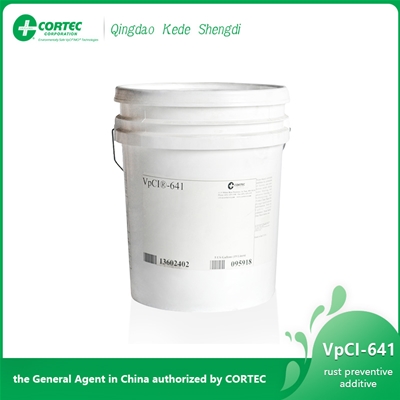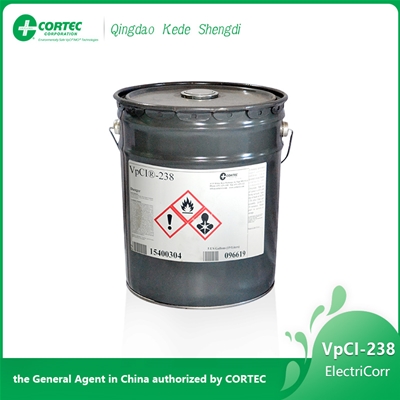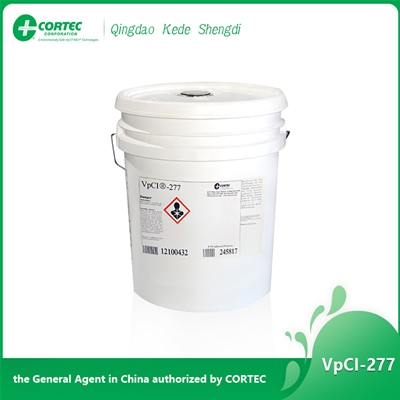Industrial spares exist for a reason: to help workers quickly replace non-operational components and keep processes moving at a power plant, factory, or other industrial facility. To ensure maximum operational uptime, it is vital to know the current condition of spares and correct any problems if necessary.
Check the Current Condition of Spares
Good preservation gives maintenance managers the confidence that spare components will be in ready-to-use condition whenever they are needed. Unfortunately, it is often a low priority. If no clear evidence of sound preservation exists, workers should do a walkthrough to check plant inventory themselves. How are those parts doing on outdoor racks near the seaside, exposed to wind, rain, and salt spray? What does the shaft under that tarp look like? Is there any rust on that turbine on the warehouse shelf? Are spare valves and pumps in good condition with clean flange faces? If workers wait until the last moment to answer these questions, they may not have enough time to restore or order a new part without incurring significant losses from extended downtime. Knowing potential problems in advance leaves more time to fix them.
Correct the Condition of Spares
Once workers know the condition of spares, it is important to restore and/or preserve them as needed. VpCI®-422, a USDA Certified Biobased Product, can be used for rust removal. VpCI®-126 HP UV Shrink Film or MilCorr® VpCI® Shrink Film can be used in place of tarps for outdoor storage. VpCI®-649 hydrotesting fluid, CorroLogic® VpCI®-339 Fogging Fluid, and VpCI® Emitters are other good materials to consider using for internal preservation, depending on the degree of protection needed.
Provide Proof of Care
Any restoration or preservation work should, as CGSI has pointed out, be carefully documented to provide proof of care to plant managers and anyone else who might work with the spares in the future. This paperwork can be used to confirm to superiors that budgeted work was completed. It also offers important data and quality assurance if the need ever arises to resell the spares or hand them over to another department.
Be Ready!
Having ready-to-use spares is critical to ensuring smooth plant operation, but it does not happen automatically. It starts by knowing the current condition of spares and taking any steps necessary to restore and preserve them.
preprocess











 Service Hotline
Service Hotline

